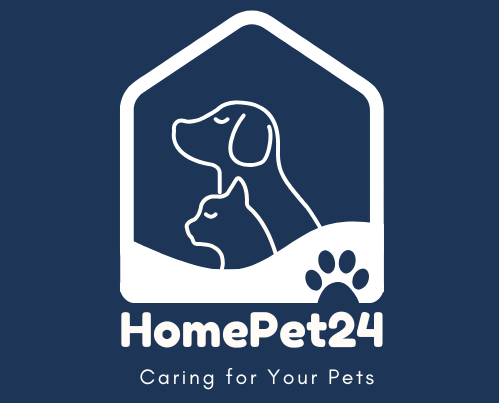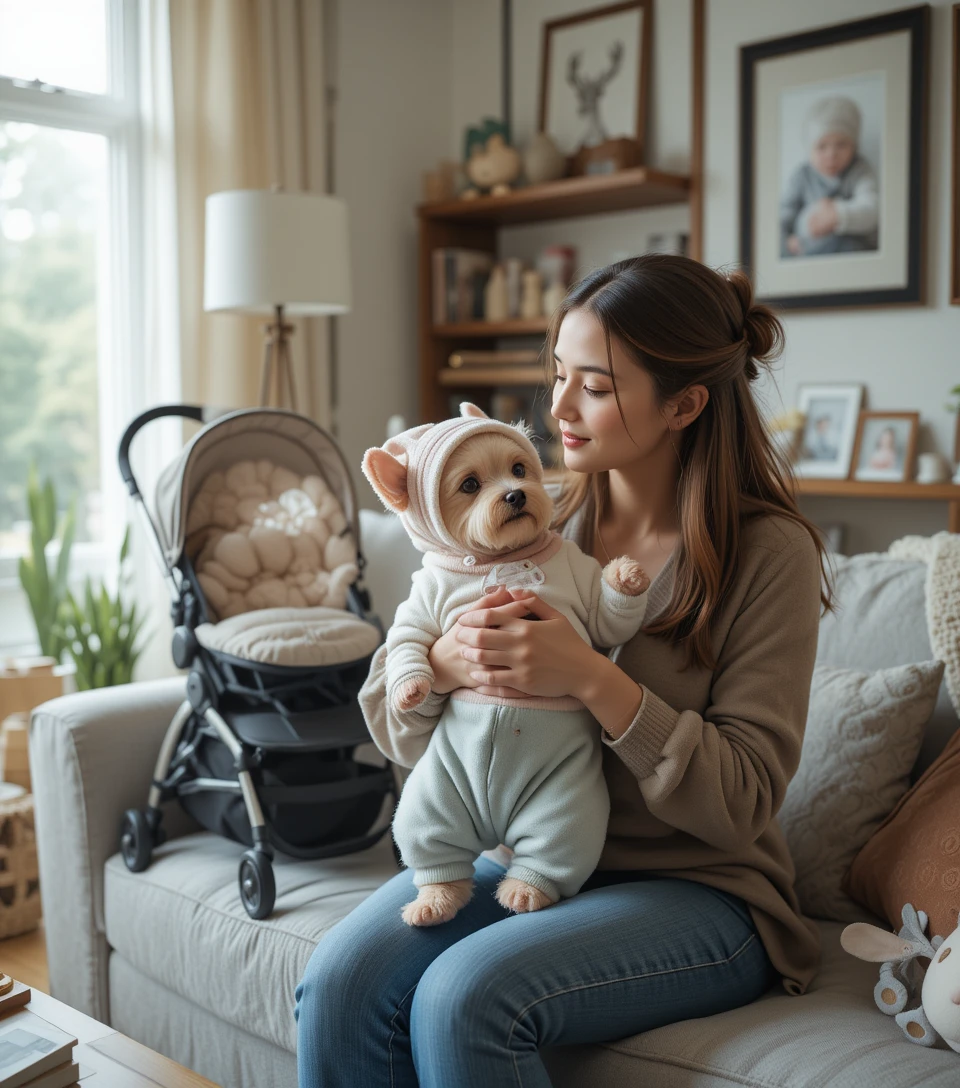Introduction
In today’s world, it’s not unusual to see dogs in baby strollers, wearing sweaters, or even having birthday parties. A growing body of research reveals an emotional shift: dogs are increasingly treated like child surrogates by their owners. While this may seem sweet and nurturing on the surface, the implications run deeper—for both the humans and their furry companions. Is this trend heartwarming… or potentially harmful?
Let’s explore the sweet and scary truth behind treating dogs like substitute children.
What Does It Mean to Treat a Dog Like a Child?

When dog owners begin to view their pets as human children, they often engage in behaviors like:
- Referring to themselves as “pet parents”
- Dressing dogs in human-like clothing
- Using strollers or carriers typically made for babies
- Hosting parties or giving gifts on “dog birthdays”
- Assigning human emotions or thoughts to dog behavior
This psychological phenomenon is known as anthropomorphism—giving human traits to non-human beings. While it often stems from love and emotional connection, it can blur the lines between healthy pet care and emotional substitution.
Why Are Dogs Becoming ‘Child Surrogates’?
Several modern lifestyle shifts contribute to this growing trend:
🍼 1. Delayed or No Parenthood
Many adults are choosing to delay having children—or forgo it entirely. Dogs, in these situations, fill an emotional void and provide a sense of family and responsibility.
🏡 2. Urban Isolation & Loneliness
As city life becomes more isolating and digital, the companionship of a dog offers comfort and routine. For some, a dog becomes the center of their emotional universe.
🧸 3. Rise of the “Fur Baby” Culture
Social media is filled with dog “mom” and “dad” identities, luxury pet products, and lifestyle branding. This fuels a cultural normalization of treating pets like children.
Is It Sweet or Scary? The Emotional Perspective
From a human standpoint, treating dogs as children can be quite heartwarming:
- Dogs provide emotional support and loyalty
- Pet caregiving gives people a sense of purpose
- The love shared can reduce stress and anxiety in owners
For many, it’s not about replacing a child—it’s about amplifying the bond with a beloved animal companion.
But here’s where it gets complicated…
The Psychological Impact on Dogs

Dogs, despite being family members, are still animals with distinct species-specific needs. When we treat them like humans, we may:
⚠️ 1. Cause Confusion in Role Identity
A dog that’s constantly carried, dressed, and fed like a toddler may struggle to understand its role in the household.
⚠️ 2. Increase Anxiety or Dependency
Overprotectiveness and constant attention can fuel separation anxiety, aggression, or attention-seeking behaviors.
⚠️ 3. Limit Natural Canine Behavior
Dogs need mental stimulation, physical activity, and social interaction with other dogs—not just humans.
In short, too much humanization can lead to behavioral issues and compromise a dog’s quality of life.
The Fine Line: Love vs Over-Humanization
Loving your dog deeply is never the problem—it’s when love turns into control, projection, or overdependence that issues arise.
Signs of over-humanization may include:
- Ignoring a dog’s body language or social cues
- Feeding them human food that may be harmful
- Denying opportunities to socialize with other dogs
- Treating behavioral issues with human discipline methods instead of training
Being a “pet parent” should never replace responsible dog guardianship based on animal welfare science.
Expert Opinions and Scientific Findings
Recent studies—such as those conducted at University College London (UCL) and Michigan State University—highlight the trend of dogs acting as emotional surrogates in childless homes. While this can foster deep attachment, researchers caution that misunderstanding a dog’s needs can lead to unintended psychological stress.
Animal behaviorists often emphasize that while the human-canine bond is profound, dogs thrive best when treated and trained in accordance with their nature—not human expectations.
How to Love Your Dog the Right Way
Here’s how to balance deep affection with healthy, dog-centered care:
✅ Respect Their Species – Acknowledge that dogs need canine structure, training, and freedom.
✅ Provide Mental Enrichment – Puzzle toys, scent work, and dog sports enrich their instincts.
✅ Socialize Smartly – Allow your dog to interact with other dogs in safe, positive settings.
✅ Train With Empathy – Use reward-based, force-free methods aligned with how dogs learn.
✅ Avoid Emotional Substitution – Love your dog for being a dog—not for being your child.
Conclusion
So, is treating your dog like a child sweet or scary?
The answer depends on how far it goes. Loving your dog deeply is beautiful—as long as that love doesn’t compromise their true needs as a dog. The goal is to cherish your companion, not to mold them into something they’re not.
Because the best gift we can give our dogs… is the freedom to be themselves.
🙋♀️ FAQs
1. Is it bad to treat my dog like a baby?
Not necessarily—but it’s important to balance affection with species-appropriate care. Dogs aren’t human children, and they need different forms of interaction and structure.
2. Why do people treat dogs like children?
Many owners form strong emotional bonds with their dogs and view them as family. Sometimes this stems from loneliness, childlessness, or a strong caregiving instinct.
3. Can treating my dog like a child cause behavioral issues?
Yes. Over-humanization can lead to anxiety, confusion, and behavioral problems if the dog isn’t allowed to express natural canine behaviors.
4. Is it okay to dress my dog in clothes?
If your dog is comfortable and it’s for practical reasons (e.g., warmth), it’s fine. But avoid dressing dogs excessively or purely for entertainment.
5. How do I know if I’m over-attached to my dog?
Warning signs include extreme anxiety when apart, constantly checking on your dog, or treating them like your only source of emotional comfort.
6. What’s the difference between pet parenting and human parenting?
Pet parenting should prioritize the animal’s well-being based on its species. Human parenting involves shaping a child’s social, emotional, and intellectual development.
7. Is it wrong to call my dog my “fur baby”?
Not at all—terms of endearment are common. Just ensure your caregiving choices align with your dog’s needs, not human preferences.
8. Can my dog replace the role of a child?
Emotionally, some people may see dogs as family. But it’s important not to project human expectations onto dogs—they require different forms of care and communication.
9. How can I show love to my dog appropriately?
Provide consistent training, healthy food, exercise, socialization, and lots of positive attention. Love your dog for who they are.
10. What do experts say about this child surrogate trend?
Experts warn that while emotional bonds are healthy, over-humanizing dogs may negatively affect their mental and physical health.

